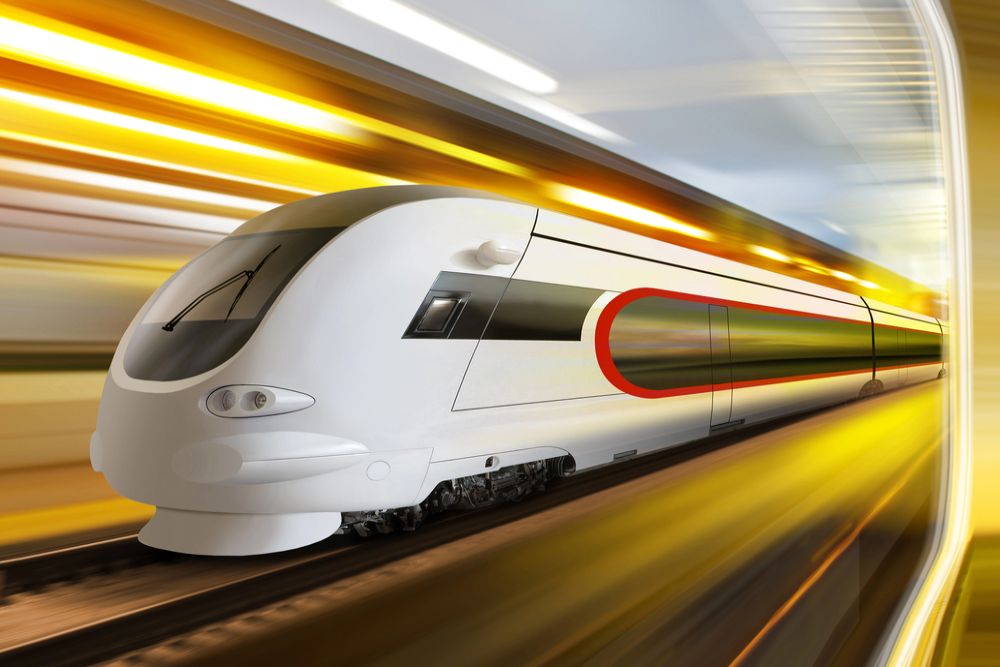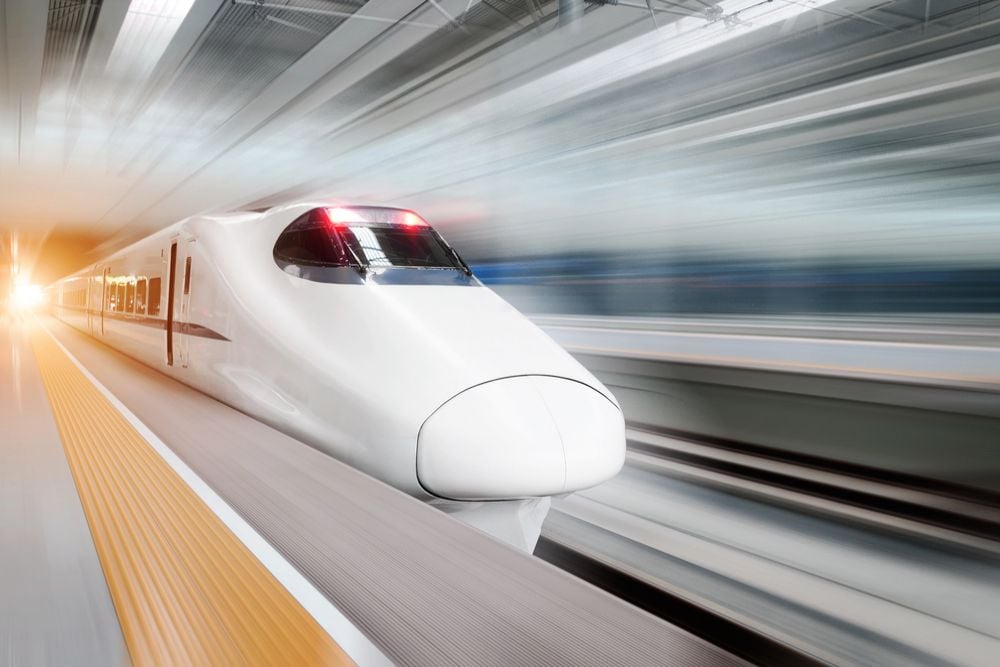Elon Musk Says He Could Build ‘£20 Billion Tunnel’ From London To New York That Would Take 54 Minutes
Elon Musk is once again making headlines with ambitious technological ideas that could redefine the way we perceive global travel. Recently, the tech billionaire proposed a groundbreaking concept of linking London to New York via an ‘underground tunnel train,’ estimated to cost £20 trillion.
While the suggested price tag is eye-watering, Musk insists that his company, The Boring Company, could achieve the feat for significantly less -1,000 times less, according to his tweet.
The @boringcompany could do it for 1000X less money https://t.co/IXJY63xUCo
— Elon Musk (@elonmusk) December 10, 2024
But this isn’t the only futuristic travel innovation Musk is championing. His SpaceX company is also promoting the vision of “Earth-to-Earth” travel using the Starship rocket, promising passengers transit to virtually any city on the planet in under an hour.
Could these bold ideas really work? And if so, what would it mean for the future of travel? Here’s a closer look at Musk’s concepts—with a dash of reality and current technological feasibility.
The Starship Vision – From London to New York in 29 Minutes
SpaceX’s Starship, a fully reusable spacecraft designed for interplanetary travel, is already being tested for missions to Mars. But Musk envisions a more Earthly purpose for his revolutionary rockets. According to Musk and SpaceX’s claims, Starship could transform travel on Earth by slashing travel times between major cities to under an hour—London to New York, for instance, could take just 29 minutes. To put that into perspective, the average commercial flight takes nearly 7 hours to make the same trip.
Much of this would leverage the rocket’s maximum theoretical speed—up to an astonishing 27,000 km/h. To compare, the Boeing 747, one of the fastest commercial airplanes, travels at around 1,061 km/h. The drastic difference in speed highlights the game-changing potential of this technology.

A post shared by social media user @ajtourville underscored SpaceX’s efforts to fast-track regulatory approvals under previous administrations, stating, “Under Trump’s FAA, @SpaceX could even get Starship Earth to Earth approved in a few years – Taking people from any city to any other city on Earth in under one hour.” Musk confirmed this optimism, replying, “This is now possible.”
Beyond the impressive travel speeds, Earth-to-Earth spaceflights would theoretically use minimal additional infrastructure. Passengers would board rockets at dedicated spaceports, strategically positioned offshore to minimize noise and disruption, then endure a brief yet exhilarating flight as they arc through space before landing.
There are, of course, hurdles. Cost per passenger for such a trip hasn’t been disclosed but is likely to be exceedingly high in the early stages of commercialization. Also, significant strides in safety and global regulatory frameworks would be essential before such travel becomes mainstream.
Starship Estimated Flight Times
- London to New York – 29 minutes
- New York to Paris – 30 minutes
- Honolulu to Tokyo – 30 minutes
- Tokyo to Delhi – 30 minutes
- Sydney to Singapore – 31 minutes
- LA to London – 32 minutes
- London to Hong Kong – 34 minutes
- London to Cape Town – 34 minutes
- Sydney to Delhi – 36 minutes
- New York to Sydney – 49 minutes
The Underwater Tunnel Train—Is It Truly Feasible?
If catapulting travelers into suborbital space sounds too intense, Musk’s alternative suggestion might be more practical—or at least more relatable—a transatlantic underwater tunnel train linking London and New York. While the notion of a ‘£20 trillion underwater tunnel’ has stirred fascination, Musk responded to a report by tweeting, “The @boringcompany could do it for 1000X less money.”

The Boring Company, launched by Musk in 2017, specializes in building advanced tunneling infrastructure. While currently known for smaller-scale projects—such as a commuter tunnel in Las Vegas—it has the potential to scale up using advanced construction techniques like Musk’s proposed “Hyperloop” systems.
For context, ambitious tunnel projects already exist. Consider the Fehmarnbelt Link, an 18-kilometer underwater tunnel connecting Denmark and Germany beneath the Baltic Sea. Scheduled for completion in 2029, the tunnel will slash travel time for commuters and freight between the two countries, offering a glimpse into the potential benefits of such infrastructure.
Denise Juchem, spokesperson for Femern A/S, the developer of the project, explains, “For commuters, it means a faster and more reliable connection between Denmark and Germany, significantly reducing travel time and making daily commutes much more convenient.”
The Fehmarnbelt tunnel’s construction relies on immersed-tunnel techniques. Marcus Just, Tunnel Design Quality Manager, elaborates, “We decided to build basins in front of each of the three factory halls so that the tunnel elements could float up like in a lock and be transported to the work harbor.” While the design is highly complex, its lower environmental footprint and all-weather reliability made it a preferred option.
If an 18-kilometer-long tunnel can be successfully designed—what about one reaching nearly 5,600 kilometers underwater from New York to London? Theoretically, yes, it’s possible. But enormous challenges remain, from the need for breakthroughs in material science to the potential environmental impact of tunneling beneath the Atlantic Ocean.
One feasible technology might involve vacuum-sealed maglev trains capable of reaching speeds close to 1,200 km/h. This would align with Musk’s own Hyperloop concept, where pressurized pods travel through low-friction tubes to achieve record-breaking speeds.
However, the logistics of such an undertaking—costs, international cooperation, maintenance, safety—would test human ingenuity on an entirely new scale.

The Takeaways for High-Speed Global Travel
Musk’s ambitious ideas prompt us to reconsider what’s possible. Innovations like Starship and underwater hyperloop tunnels could revolutionize transportation by cutting current travel times by orders of magnitude. But it’s also critical to balance visionary ambitions with technical, environmental, and economic pragmatism.
For now, both concepts remain more aspirational than actionable. Yet, the progress being made by companies like SpaceX and The Boring Company—coupled with successfully executed projects like Denmark’s Fehmarnbelt tunnel—proves that even seemingly impossible ideas can inch closer to reality with time.
Whether you’d prefer to rocket to New York in 29 minutes or glide through an underwater tunnel in 54, one thing is clear—the future of transportation is speeding toward us faster than we might have imagined.






